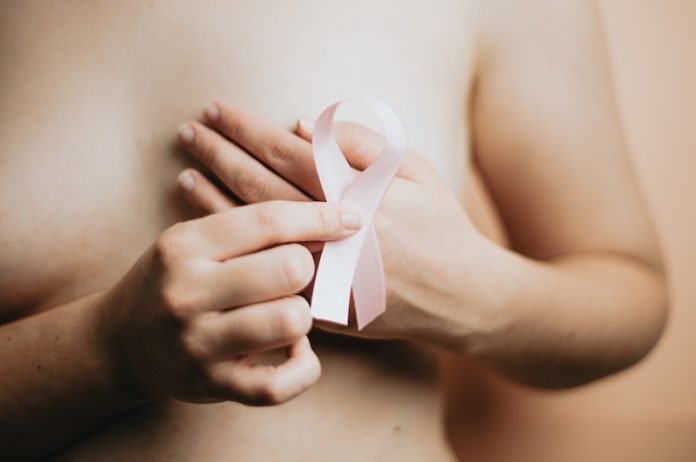
The Issue with Current Breast Cancer Screenings
Screening for breast cancer is essential but far from perfect. The existing methods can indeed save lives by spotting cancer early.
However, they also have a downside: sometimes they flag tumors that aren’t actually dangerous.
This “overdiagnosis” leads to unnecessary treatments, causing stress and physical harm to women, and it’s a financial burden on healthcare systems like the NHS.
For context, in the UK, out of every 10,000 women aged 50 who get screened for the next 20 years, 43 lives are saved, but 129 women are “overdiagnosed.”
So, is there a way to make screening more precise? Researchers at the University of Oxford think so.
A Personalized Approach to Screening
The team, led by experts in the Nuffield Department of Primary Care Health Sciences, has created a new model that aims to improve this situation.
The idea is to make screening more personalized. Right now, most screening programs estimate a woman’s risk of getting diagnosed with breast cancer.
But these programs don’t always consider whether the detected cancer is life-threatening or not.
The Oxford team’s new model tries to predict both: will a woman develop breast cancer, and what are the chances it could be fatal? Using this information, healthcare providers could change the way they approach screening.
For example, women who are at high risk of developing deadly cancer might be screened more frequently or earlier. This could mean fewer unnecessary screenings for women at lower risk, saving time and resources.
What Makes This Model Special?
The study analyzed data from 11.6 million women aged 20–90 over two decades. None of these women had a history of breast cancer or precancerous conditions.
The model was put to the test using various techniques, including traditional statistics and machine learning (a type of artificial intelligence).
Factors like age, weight, smoking history, family history of breast cancer, and hormone therapy usage were considered.
After rigorous testing, the model that used a technique called “competing risks regression” was the most accurate.
It was especially good at predicting which women were most likely to develop and die from breast cancer within a 10-year period.
The machine learning models didn’t perform as well, particularly when applied to women from different ethnic backgrounds.
What’s Next?
According to Dr. Ashley Kieran Clift, the first author of the study, if further studies back up these findings, the new model could be a game-changer.
It could help identify those women who are at high risk and who would benefit most from improved screening and preventive treatments.
“This paper took a new approach and asked, ‘can we predict which women are at the highest risk of developing a cancer that will kill them?'” said Professor Stavros Petrou, a co-author of the study.
The next step is to evaluate this promising model in different settings, like using another dataset from the UK or even from abroad.
If successful, this could revolutionize how we approach breast cancer screening, making it more accurate, personalized, and hopefully, more effective in saving lives.
If you care about health, please read studies about vitamin D deficiency linked to chronic inflammation, and vitamin D supplements could strongly reduce cancer death.
For more information about health, please see recent studies about new way to halt excessive inflammation, and results showing higher intake of dairy foods linked to higher prostate cancer risk.
The study was published in The Lancet Digital Health.
Follow us on Twitter for more articles about this topic.
Copyright © 2023 Knowridge Science Report. All rights reserved.



